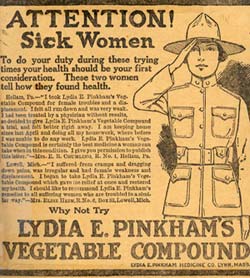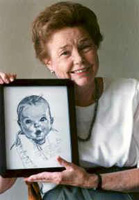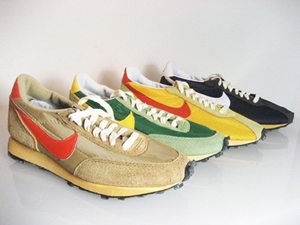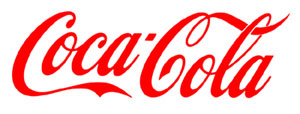Question from Steph:
Seasons Greetings, Geek!
I was wondering: does the Hershey’s Kiss design have a patent on it? It’s such an iconic little piece of candy, I thought it probably should. But, I couldn’t find anything about it myself.
I figured you could help!
Thanks
– Steph
Great question, Steph!
Actually, there are no patents on Hershey’s Kisses although they have received three different trademarks over a 76-year period.
First, that unmistakable paper plume waving from the top of each kiss was trademarked in 1924 – three years after a machine for automated wrapping and insertion of the slip of paper was introduced.
Then, in 1976, the foil wrapper for the kiss was trademarked.
Surprisingly, the word “Kiss” itself was not trademarked until 2001 – finally awarding Hershey exclusive rights to calling a chocolate drop a “kiss.” This is because back in 1907, when the chocolate treat was introduced, many companies offered candy kisses. Generic flavored kisses included Cocoanut Kisses, Molasses Kisses and Nut Kisses which could be made by anyone. Commercially produced kisses available at the time included Moonlight Kisses, Elfin Kisses, and Heckerman’s Lucky Kisses – along with Hershey’s variety, of course.
With the name ‘kiss’ as synonymous with practically any bite size candy, Hershey was unable to trademark the term for years because it was viewed as too generic. It was only in 2001 that Hershey’s lawyers won a long court battle based on the fact that by this time any candy called a kiss referred to Hershey’s Kisses. The United States Patent and Trademark office issued Trademark Registration Number 2416701 to the Hershey Company on January 2, 2001.
You can view the trademark here.


 Patent Medicine is a term used to refer to concoctions popular in the 18th and 19th century which were advertised to cure almost every disease. Patent Medicine is actually an incorrect name though. Most of these products were trademarked but never patented. The process of patenting a product requires full disclosure of a medicine’s ingredients. Most manufacturers did not want to reveal the toxic or questionable ingredients of their so-called cures.
Patent Medicine is a term used to refer to concoctions popular in the 18th and 19th century which were advertised to cure almost every disease. Patent Medicine is actually an incorrect name though. Most of these products were trademarked but never patented. The process of patenting a product requires full disclosure of a medicine’s ingredients. Most manufacturers did not want to reveal the toxic or questionable ingredients of their so-called cures. In 1928, the Fremont Canning Company was looking for a face to represent its new baby food campaign. Owner Frank Gerber decided to sponsor a nationwide competition to find the face that would appear on the new packaging. Paintings and drawings were submitted from all over the country. The entries included everything from intricate oil paintings to simple sketches.
In 1928, the Fremont Canning Company was looking for a face to represent its new baby food campaign. Owner Frank Gerber decided to sponsor a nationwide competition to find the face that would appear on the new packaging. Paintings and drawings were submitted from all over the country. The entries included everything from intricate oil paintings to simple sketches. In 1971, Carolyn Davidson was studying graphic design at Portland State University. Phil Knight, the co-founder of Nike, was teaching accounting classes at the school while starting his business then known as Blue Ribbon Sports. Davidson began doing freelance work for Knight’s small company.
In 1971, Carolyn Davidson was studying graphic design at Portland State University. Phil Knight, the co-founder of Nike, was teaching accounting classes at the school while starting his business then known as Blue Ribbon Sports. Davidson began doing freelance work for Knight’s small company. Would you believe the world’s best known brand got its name from a bookkeeper?
Would you believe the world’s best known brand got its name from a bookkeeper?